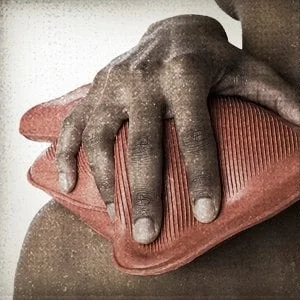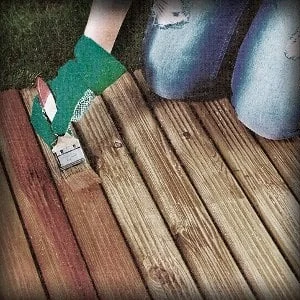Understanding Pain and Pain Relief From Sports and Exercise
It's common to feel muscle pain after working out or exercising, but sometimes that pain can be very intense. And whether you're an absentee gym member or a seasoned weekend warrior, you've probably felt it. Delayed Onset Muscle Soreness, or DOMS1, is a common phenomenon in which muscle pain or muscle stiffness develops a day or two after new or intense exercise.
Here's what you should know about DOMS2:
It's caused by dramatically increasing the duration or intensity of a workout. Eccentric, or inconsistent, exercise can bring on DOMS.
Dehydration can exacerbate symptoms, especially in underused muscles.
It usually begins 8 to 12 hours after exercise, increases for the next 24 to 48 hours, peaks 48 to 72 hours afterward, then begins to subside.3
Symptoms include dull muscle pain and tenderness, stiffness, swelling, decreased strength in muscles that have been exercised.
DOMS can be exacerbated by existing conditions such as fibromyalgia, where chronic pain often leads to a more sedentary lifestyle.4
Of course, what constitutes intense exercise is relative to what you're used to, but these are some examples of the kinds of exertion that can cause DOMS5:
Running down a steep hill
Lowering a weight from a fully flexed to fully extended position
Anything that causes the muscle to exert force and lengthen simultaneously
Isometric exercise6
Exercising without warming up first.7
You should expect sore muscles when you work out, but not the intense soreness associated with DOMS. Here are three ways to increase your physical fitness. Be sure to consult your doctor before beginning a new fitness regimen.
3 Common Exercises That Build Strong Muscles
Aerobic Exercise
Known for its cardiovascular effect, aerobic exercise is all about getting the blood pumping. Beyond burning fat, improving mood and decreasing stress and anxiety, it strengthens the heart and lungs, lowers cholesterol and reduces the risk of type 2 diabetes, stroke and certain types of cancer. A little cardio goes a long way!8
Strength Training
Strength training helps to preserve muscle mass, increase bone density, maintain a healthy weight, and manage chronic conditions, including arthritis and back pain. Types of strength training include using free weights or machines, resistance training (such as with bands or tubing), and using your own body weight in exercises such as push-ups, pull-ups or leg squats.9
Flexibility
Yoga, Pilates and stretching are good examples of how lengthening and stretching the muscles can prevent injuries, back pain and balance problems. A well-stretched muscle also gives the body a better range of motion.10
A vital part of maintaining and building physical strength through exercise is to take care of your body when you're done working out to ensure proper recovery.
6 Workout Recovery Techniques You Want in Your Regular Routine
Replace lost fluids. Hydrating after exercise is a great way to boost recovery. If you're an endurance athlete or just sweat more often, getting adequate water replacement is crucial.11
Choose the right foods around your workouts. Eating a small meal or snack about an hour before, and within two hours after, a workout. Emphasize healthy carbohydrates, like whole grain cereal or a banana, beforehand and a combination of carbs and proteins, such as a peanut butter sandwich, or turkey and vegetables, after.12
Try the RICE method. Rest. Ice. Compression. Elevation. If you feel you have seriously overdone it, this is a good step-by-step way to reduce swelling, relieve pain, promote flexibility and healing, and ease back into a regular routine.13
Get some R&R. Your body has an amazing capacity to take care of itself if you allow it some time. Schedule a couple of active recovery days and then supplement with a couple "off" days in between, so your body can recover.14,15
Get a massage. Massages improve circulation while helping you relax. One study showed that having a massage within two hours of a workout may help reduce DOMS.16 Looking to avoid the expensive spa cost? No sweat! Foam rolling is a great, inexpensive alternative.17
Use a topical pain reliever to help bring relief fast. These products from BENGAY® can help.
Now that you're prepared for the next challenge, there's only one thing left for you to do: Happy exercising!




